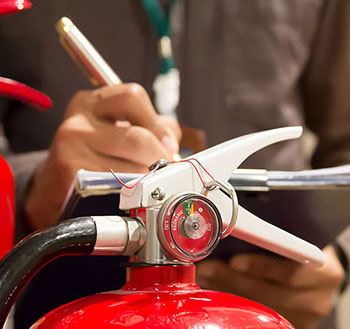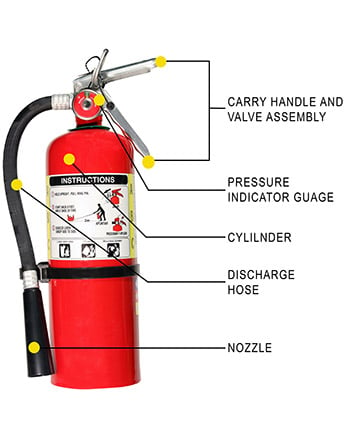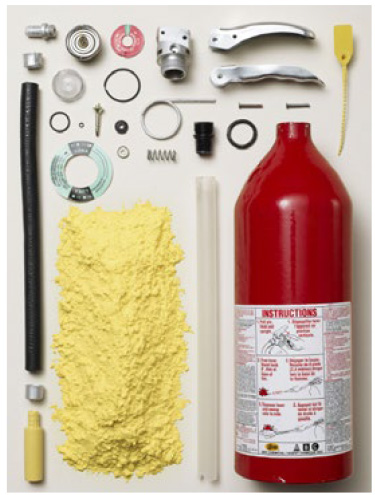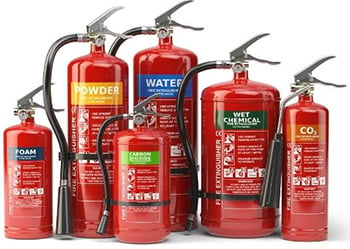 |
Fire protection professionals committed to safeguarding lives, property, and peace of mind. |
 |
Solutions designed for your property type, from multi-family housing to healthcare facilities to retail spaces. |

|
Fire alarm, area of refuge, camera, and card access monitoring services. |
 |
Clear communication and instant response when every second counts. |
 |
From kitchens to server rooms, the right protection for every space. |
 |
Keep your primary defense system ready and reliable. |

|
Manage all your properties' access from one simple platform. |
 |
Monitor multiple properties in real time from anywhere, at any time. |

|
Document upcoming maintenance appointments and improve your proactive budget planning. |
 |
Fire Extinguisher Maintenance Checklist Learn the requirements for testing extinguishers monthly, annually, and beyond. |

|
Track all your inspection deadlines in one place. |
 |
Kitchen Hood Inspection Checklist Ensure your kitchen hoods are safe and compliant. Download a complete list of testing requirements. |

|
Guide to Fire & Security Monitoring Your complete property protection handbook in practical terms. |

|
Running a food truck takes work—this guide gives you the tools to keep it safe and up to code. |
 |
Comprehensive Guide to NFPA 13 and NFPA 25 Fire Sprinkler Systems Navigate sprinkler system requirements with confidence using our straightforward guide to codes and maintenance. |

|
Get your essential compliance guide. |
 |
When reliability matters across 18 restaurants, micromanagement doesn't. |
Downloadable Checklist
Fire Extinguisher Maintenance Under NFPA 10
Take this checklist with you or share with your colleagues. With years of experience and hundreds of business served, Brothers Fire & Security can manage all the required inspections on these lists.
Fill out the form to get this checklist sent to your email.
Download Now!
NFPA 10 7.1.1 states that a business owner is responsible for the inspection, maintenance, and recharging of fire extinguishers located on their property.
There are several different types of inspections required:

Monthly Inspections:
The owner is responsible for manually inspecting the extinguishers when placed in service. Where the manual inspections are conducted, the month and the year the manual inspection was performed and the initials of the person performing the inspection shall be recorded. NFPA 10 – Chapter 7.2.4.1.2 The following questions should be answered: Are the units in proper locations? Are the units in clear view and properly accessible? Are the units in clean condition? Do the units appear to be operable? Have the monthly inspection tags been properly signed?

Annual Maintenance:
The NFPA requires that maintenance on all portable fire extinguishers present at your facility be completed on an annual basis. This is the minimum requirement. This maintenance includes annual external examination of all extinguishers and according to NFPA 10 7.3.2 the purpose is to: Look for signs of physical damage or any corrosion, determine if the nozzle has become blocked, ensure that the operating instructions are still on the unit, facing forward and able to be clearly read, check that the HMIS (Hazardous Material Identification System) is present and fix any issues which are discovered. Tamper seals must be installed after the annual maintenance is complete and new tags must be placed on Extinguisher with inspection date indicated.

6-Year inspections for all extinguishers which are subject to the 12 year hydrostatic test:
Per NFPA 10, every 6 years, stored pressure dry chemical fire extinguishers shall be emptied and subjected to internal examination procedures as detailed in the manufacturer’s service manual. The extinguisher is discharged into an approved container and then the chemical, cylinder and all parts are inspected and replaced If necessary before the extinguisher is recharged and certified. When the rebuild is complete, the fire extinguisher should have a verification of service collar around the neck and a label on the back indicating the company who performed the service.

12 Year Hydrostatic Test:
Every 12 years, stored pressure dry chemical fire extinguisher must have a hydrostatic test. Per NFPA10, a hydrostatic test shall always include both internal and external visual examination of the cylinder. Hydrostatic testing shall be conducted using water or another compatible non-compressible fluid as the test medium. All hydrostatically tested cylinders, except water-type extinguishers, shall be thoroughly dried after testing. If the cylinder passes the test, all parts requiring replacement are replaced, chemical are installed and the extinguisher is then certified.